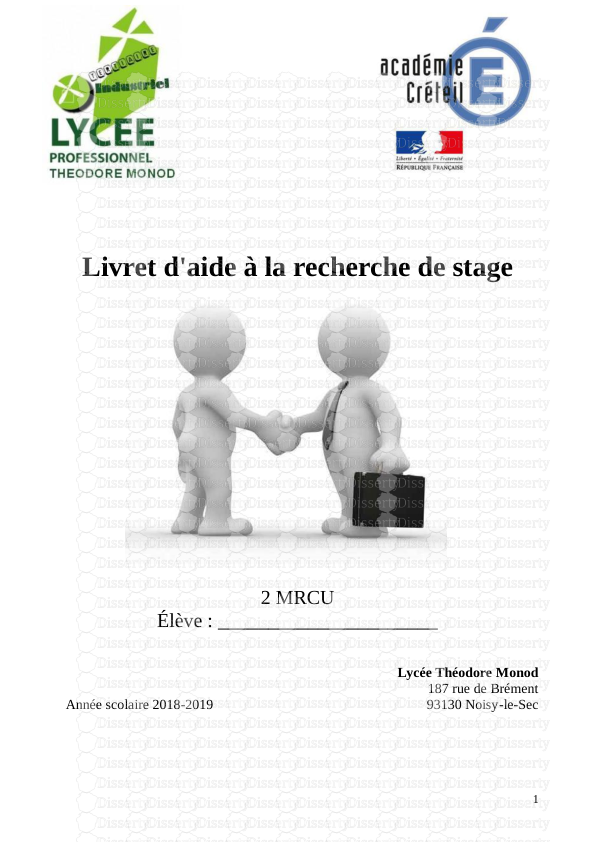(02) 9290 1899 CALL FOR AN APPOINTMENT The Quick Guide to Myopia Control Trad
(02) 9290 1899 CALL FOR AN APPOINTMENT The Quick Guide to Myopia Control Traditional management of myopia (or short-sightedness) has always been glasses or contact lenses. These provide clear distance vision but do nothing to prevent myopia from getting worse over time. Over the past decade, myopia management has shifted from myopia correction with glasses or contact lenses to myopia control – using a range of strategies to slow down or even stop the myopia. This is great news for children affected by myopia, because the higher your myopia, the more at risk you are of developing a number of serious eye conditions including retinal detachment, glaucoma and macular disease. Myopia control can be achieved through optical means (i.e. special contact lenses or glasses) or pharmacological means (i.e. low dose atropine eye drops). • Atropine therapy Over the past decade, low-dose atropine eye drops have been used very effectively to slow or halt myopia in children. The most long-lasting results are from very dilute (low-dose) eye drops, which have few side effects. It is worth bearing in mind when considering atropine for your child that the side effects are minimal and may include mild headache or stinging. The side effects (or risks) associated with myopia, however, increase significantly as the amount of myopia increases. They include serious eye conditions including possible loss of sight. Atropine is prescribed by therapeutically-qualified optometrists and compounded by the pharmacy in a very dilute formula. It is used once a day at bed time for a duration of a few years. Evidence suggests that atropine therapy can slow the rate of myopia by 59-77%.i • Orthokeratology (or ortho-k) Orthokeratology – also known as ortho-k or Corneal Reshaping Therapy (CRT) – is a method of correcting myopia by gently reshaping the front surface of the eye (cornea). This is achieved using special contact lenses that are worn during sleep every night (or every second night). An ideal candidate for ortho-k is anyone with low to moderate myopia, with or without mild astigmatism. It is most effective for children who have just started to become myopic. Upon wakening in the morning, the ortho-k contact lenses are removed and you are left with clear distance vision. This effect is only temporary, and gradually wears off after about a day or two. Ortho-k has been around for the last 50 years or so, and a lot of research and improvements to the system have been made over that time. With modern fitting philosophies and lens designs, ortho-k has a very good success rate. One of the best things about it is that it simultaneously corrects myopia AND slows its progression. • Multifocal contact lenses Multifocal or bifocal contact lenses for myopia control are similar to those used by middle-aged people to allow them to read as well as see in the distance. However, these particular lenses are specially designed for younger eyes. They have been rigorously tested in clinical studies. These lenses are worn during the day to provide clear distance vision and relaxed near vision, taking away one of the factors that causes myopia to get worse. Evidence suggests that multifocal contact lenses can slow the rate of myopia by 49%. • Multifocal / Bifocal glasses Most optometrists are familiar with prescribing multifocal or bifocal glasses to prevent or slow myopia in kids. The theory is that the lower part of the lens allows close work (reading, writing and screen-time) without effort from the eye’s internal lens. Reading effort is linked to an increase in myopia over time, so by looking through the lens, the eye is relaxed and less likely to become more short-sighted. In terms of control, evidence suggests that spectacles with bifocal or multifocal lenses can reduce the rate of myopia by 29–45%. • Combination therapy Evidence suggests that combined therapy can slow the rate of myopia by up to 60%. This may be atropine therapy combined with ortho-k, multifocal / bifocal glasses or multifocal contact lenses. Which combination will suit you best will depend on your child’s unique set of circumstances. This is a discussion to have with your myopia-control practitioner. Want to slow down your child’s myopia? Experience The Eye Practice difference. © 2018, The Eye Practice. All Rights Reserved • www.theeyepractice.com.au i Figures quoted in this document refer to data from The Brien Holden Vision Institute. 0 10 20 30 40 50 60 low dose (0.01%) atropine combination therapy multifocal contact lenses executive bifocal glasses ortho-k 59 60 49 46 43 % reduction in rate of progression Myopia control therapy Myopia Contol Comparison uploads/Management/ myopia-control-guide.pdf
Documents similaires










-
43
-
0
-
0
Licence et utilisation
Gratuit pour un usage personnel Attribution requise- Détails
- Publié le Fev 19, 2021
- Catégorie Management
- Langue French
- Taille du fichier 0.5730MB


